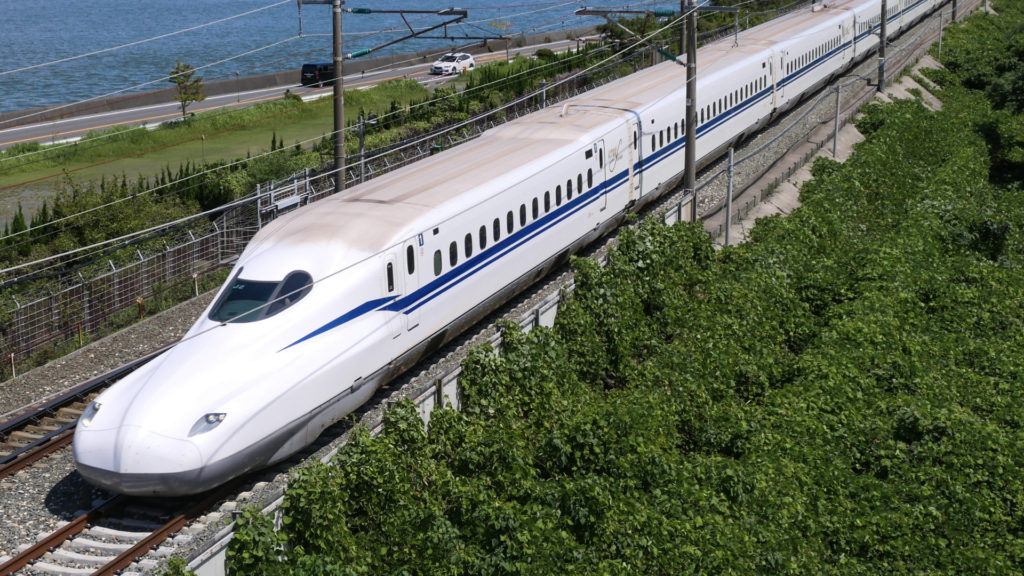Foundation: 1987
Headquarters: Nagoya City, Aichi
President: Shin Kameko
Executive Summary: Central Japan Railway Company (JR Central) is the primary railway operator in Japan’s Chubu region. Since its establishment in 1987, JR Central has incorporated numerous companies into its fold, including JR Tokai Bus Company, JR Tokai Takashimaya, JR Central Building, and JR Tokai Real Estate. The JR Central Group now spans at least ten sectors, covering transportation, merchandise, construction, information systems, hotels and resorts, travel, publishing, rolling stock, maintenance, and real estate.
In 1991, JR Central assumed control of the Tokaido Shinkansen, Japan’s flagship bullet train line. The next year, the Nozomi Series 300 commenced commercial service, reaching speeds up to 270 kilometers per hour. JR Central was listed on the Nagoya, Tokyo, Osaka, and Kyoto stock exchanges in 1997. In 2006, they introduced an Automatic Train Control system to enhance safety and efficiency. In 2011, JR Central received authorization to construct and operate the Chuo Shinkansen, a super-speed maglev train line between Tokyo and Osaka, which is currently under development.
JR Central now manages approximately 2,000 kilometers of railway routes and operates over four hundred train stations. Before the onset of the Covid-19 pandemic, the company saw annual passenger numbers peak at around 175 million and employed over 18,000 people. Its annual revenue is in the range of US$15 billion.

